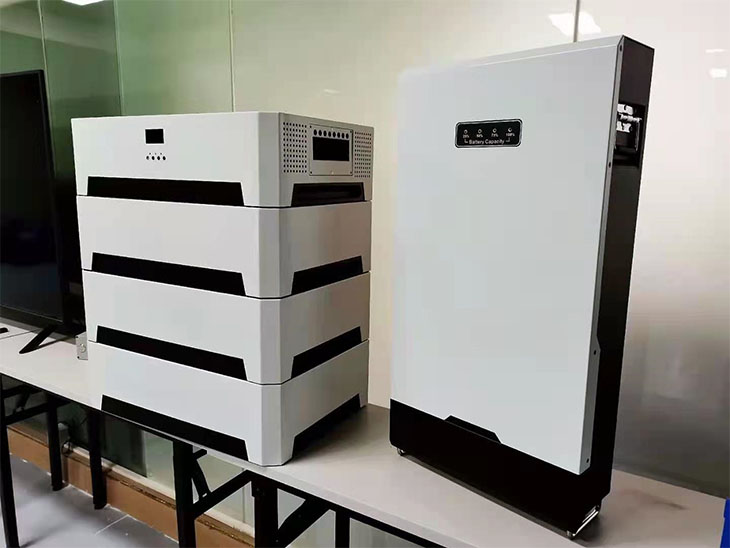- 23
- Nov
Analyze the secrets of the internal structure of rechargeable batteries
Battery internal structure: large capacity
We look forward to a new era of widespread use of clean energy. In an iconic scene of the era, one might see new cars like Tesla’s electric cars driving down the streets, powered not by gasoline but by fully charged lithium batteries. Gas stations along the way will be replaced by charging stations. The latest news is that the city of Shanghai has now announced a license-free policy for Tesla’s electric cars and is supporting their faster manufacturing of superchargers in China.

But the bright future may be clouded by the fact that electric car batteries are not that different from cell phone batteries. Cell phone users often worry about battery life. Many people’s phones are full in the morning, and as the afternoon approaches, it becomes necessary to charge them once a day. Laptops have the same problem and can run out of juice in a matter of hours. The utility of electric cars has been questioned because they do not travel far enough to crash and need to be recharged frequently. Tesla’s Model is currently the only electric car on the market, which is a feat. The Model is the most eye-catching, with a range of 480 kilometers on a single charge.
Why don’t batteries last? The amount of energy a substance can store in a given space is called energy density. The energy density of the battery is low. In terms of energy produced per kilogram, we can use up to 50 megajoules of gasoline per day, while lithium batteries average less than 1 megajoule. Other types of batteries also roam at extremely low levels. Obviously, we can’t make the battery infinite; In order to increase the capacity of the battery, we can only focus on improving the energy density of the battery, but there are many difficulties. What are the difficulties with this technology? The reporter interviewed Liu Run, associate professor of chemistry at Zhejiang University, and analyzed the mystery of the internal structure of the commonly used lithium battery (lithium battery for short).
Electrolytes are very important
Due to the transfer of electrons, the battery can provide energy. When the battery is connected to the circuit, the switch is off and the current is on. At this point, electrons escape from the negative terminal and flow through the circuit to the positive terminal. In the process, the electronics will keep your phone working, just like driving a Tesla electric car.
The electrons in lithium batteries are supplied by lithium. If you fill a battery with lithium, doesn’t the energy density increase? Unfortunately, in order for a lithium battery to be rechargeable, its internal structure must be evaluated in terms of its specific energy density. Liu Pointed out that the internal structure of lithium batteries contains electrolytes, negative data, positive data and gaps, each of which has its own special process, plays a unique role and is indispensable. This structure limits the energy density of lithium-ion batteries.
The first is electrolytes, which are essential conduits in batteries. When a battery discharges, the lithium atoms lose their electrons and become lithium ions, and when recharging, they have to run from one end of the battery to the other and back again. Liu said. The electrolyte keeps the lithium ions, at the north and south poles of the battery, the key to continuous battery cycling. Electrolytes are like rivers, lithium ions are like fish. If the river is dry and the fish can’t get to the other side, the lithium batteries won’t work properly.
The beauty of the electrolyte is that it carries only lithium ions, not electrons, ensuring that the battery only discharges when the circuit is connected. At the same time, the lithium ions, according to the electrolyte, move in an ordered and well-defined way, so the electrons always move in one direction, creating a current.
Stable positive and negative poles
Electrolytes don’t provide power, but they are heavy and essential for lithium-ion batteries. So why aren’t there more negative data based on graphite? Graphite, the material used to make pencil leads, is not responsible for providing electrons. ‘This is to make sure the charging time is right,’ Mr. Liu said.
